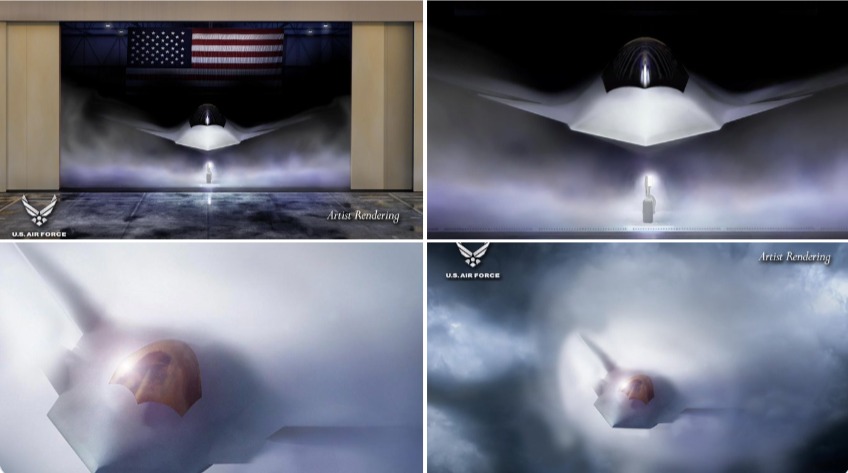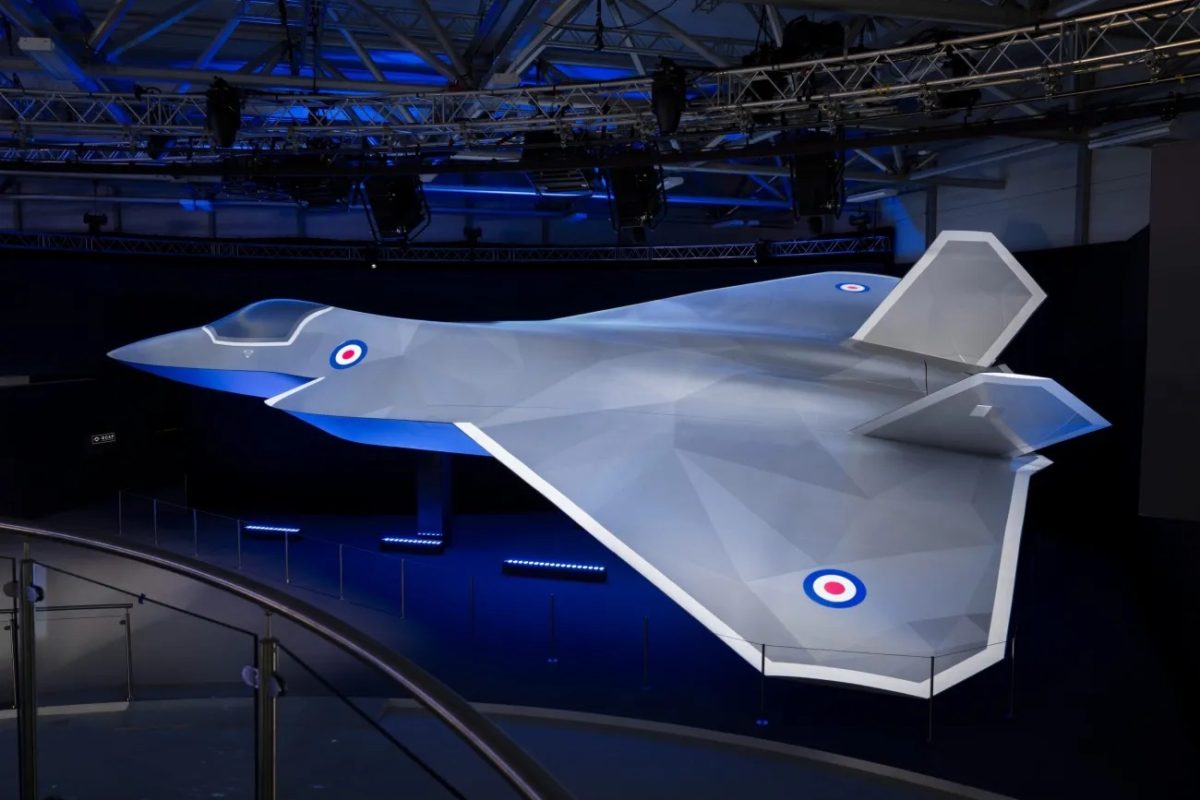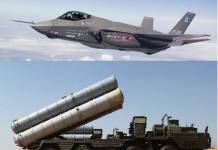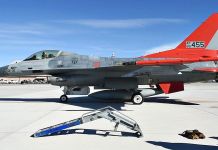Since the beginning of this year, European countries have made considerable noise about achieving “self-reliance” in defense and reducing their dependence on the US in critical defense platforms.
However, notwithstanding their persistent rhetoric, European countries are showing no signs of replacing American platforms with European ones.
In fact, many European countries are doubling down on US defense assets despite the availability of cheaper European alternatives. Fighter aircraft being a case in point.
In the last two months, three European countries have placed follow-up orders for the F-35, and three more countries are expected to follow suit.
On June 16, Italy announced an additional order of 25 F-35 aircraft (15 F-35A and 10 F-35B variants), bringing its total order to 115 units.
Also, the UK government announced the purchase of 12 additional F-35A jets.
Furthermore, Belgium confirmed plans to purchase an additional 11 F-35A aircraft, increasing its total fleet to 45 F-35As.
Earlier in November 2024, Romania signed a Letter of Offer and Acceptance (LOA) for 32 F-35A fighter jets.
Last week, POLITICO reported that Germany was considering purchasing 15 additional F-35s, increasing the total fleet to 50, citing sources familiar with discreet talks between Berlin and Washington.
However, a subsequent Reuters report denied these claims.
Meanwhile, nations such as Austria, Greece, and Spain are also considering the purchase of additional F-35 fighter jets.
These orders for additional F-35s demonstrate that demand for US combat aircraft in European countries is showing no signs of cooling off.

F-35 Vs Eurofighter Typhoon/Rafale In Europe
Contrary to popular belief, the European efforts to achieve self-reliance in critical defense platforms, such as combat aircraft, are not a new phenomenon.
In the 1980s, a consortium comprising Germany, Britain, Italy, and Spain decided to develop Eurofighter Typhoon, while France decided to develop Rafale, as an alternative to American combat jets.
Meanwhile, driven by the same logic, Sweden invested in Gripen fighter jets.
These efforts ensured that Europe now has not one but three advanced European combat jets available. However, despite the availability of these European combat jets, most European countries opted for the F-35 over these European aircraft.
The popularity of the F-35 in Europe continues to soar, even as these European combat jets, especially the Typhoon and Gripen, struggle to maintain their production lines in the absence of new orders.
Last week, the British Ministry of Defense announced that it is actively supporting efforts to export the Eurofighter combat jet, as part of BAE Systems’ efforts to maintain a production line for the aircraft at Warton.
Notably, apart from non-program clients, Austria is the only European country to have purchased Eurofighter Typhoons.
Even among program clients, the UK, Italy, and Germany have ordered F-35s, in addition to the Typhoons. In fact, both Italy and the UK have placed follow-up orders for F-35 in 2025, and Germany can also place an order for 15 additional F-35s.
While the United Kingdom and Germany were expected to provide a secure client base as the program’s two primary developers, the F-35A was selected over the Eurofighter by the UK in 2025 and by Germany in 2022.
The Typhon has recently suffered multiple successive losses in tenders across Europe when bidding against the F-35, including in Belgium, Poland, Finland, Switzerland, and the Czech Republic.
While the Eurofighter Typhoon is used by only four European countries, with three of them being program clients, as many as 10 European countries have ordered the F-35, and two more countries are expected to place orders for the F-35 in the coming months.
Similarly, apart from France, only three European countries are using Rafales: Greece, Croatia, and Serbia.
Sweden’s Gripen also suffered the same fate. Apart from Sweden, only two European countries—Hungary and the Czech Republic—ordered these jets.
It is indeed true that while all three European jets — the Rafale, Eurofighter Typhoon, and Gripen — belong to the 4.5-generation category, the F-35 is a fifth-generation stealth aircraft, featuring more advanced capabilities.
However, there is no guarantee that a similar capability gap won’t exist between the F-47, the planned American sixth-generation combat aircraft, and the GPAC and FCAS, the two under-development European sixth-generation fighter jets.
F-47 Vs GPAC/FCAS
At present, two different consortia in Europe are developing a sixth-generation aircraft.
The UK, Italy, and Japan are developing the GPAC (Global Combat Air Program), and France, Germany, and Spain are developing the FCAS (Future Combat Air System).
However, both of these programs will face stiff competition from the American Next Generation Air Dominance (NGAD) program, the F-47.
In all probability, the F-47 will dominate the European market for a variety of reasons:
Timeline Advantage: The F-47 has a head start. Its experimental X-planes had been flying since 2019. The US has set an ambitious target of first flight by 2029 and its operational induction by the early 2030s.
In contrast, the FCAS targets a demonstrator flight around 2027-2029 and operational deployment by 2035-2040. Similarly, the GCAP aims to be inducted by 2035.

This means the F-47 will enter service a few years ahead of the GCAP and FCAS. Given the deteriorating security situation in Europe, this gap of a few years could be crucial.
The infighting in GCAP and FCAS: Another crucial handicap that could delay the GCAP and FCAS programs is the involvement of multiple countries. Incidentally, many such multi-country fighter jet development programs had failed.
For instance, India and Russia joined the FGFA program in 2012, but India withdrew from the program in 2018. Similarly, France has joined and subsequently quit multiple joint fighter development programs, such as Panavia Tornado & Eurofighter Typhoon.
Even in the GCAP and FCAS, there have been reports of infighting between partners. In the FCAS, France is reportedly demanding 80% of the workshare. Similarly, in the GCAP, Italy has accused the UK of adopting a “selfish” attitude, underlying the trust issues faced by all such joint fighter development programs.

The involvement of multiple partners, often with inherent trust issues and deep-seated industrial rivalries, as seen in the cases of France and Germany, raises significant questions about the future of these programs.
US stealth expertise: Another crucial factor is that the US has decades of experience in designing and developing stealth aircraft. The US has already produced multiple stealth aircraft, such as the F-22 Raptor, F-35 Lightning II, B-2 Spirit, and F-117 Nighthawk. The US is also working on its next-generation stealth bomber, the B-21 Raider.
This expertise ensures the F-47’s design integrates mature low-observable technologies. The F-47 boasts “Stealth++” technology, surpassing the F-22’s “Stealth+” and F-35’s baseline stealth. Europe’s limited experience with stealth technology puts FCAS and GCAP at a disadvantage.
Similarly, the F-47 will likely benefit from the US’s superior industrial capacity, its combat jet production lines, its ability to scale production, and decades of expertise in developing advanced sensor fusion, which will provide superior situational awareness.
The US also has more expertise in a host of technologies critical for next-generation fighter jets, such as AI-driven battle management systems, sensor fusion, combat clouds, and wingmen drones.
The convergence of all these factors means that the US will likely continue to dominate the European market, even in sixth-generation combat jets.
- Sumit Ahlawat has over a decade of experience in news media. He has worked with Press Trust of India, Times Now, Zee News, Economic Times, and Microsoft News. He holds a Master’s Degree in International Media and Modern History from the University of Sheffield, UK.
- VIEWS PERSONAL OF THE AUTHOR.
- He can be reached at ahlawat.sumit85 (at) gmail.com




